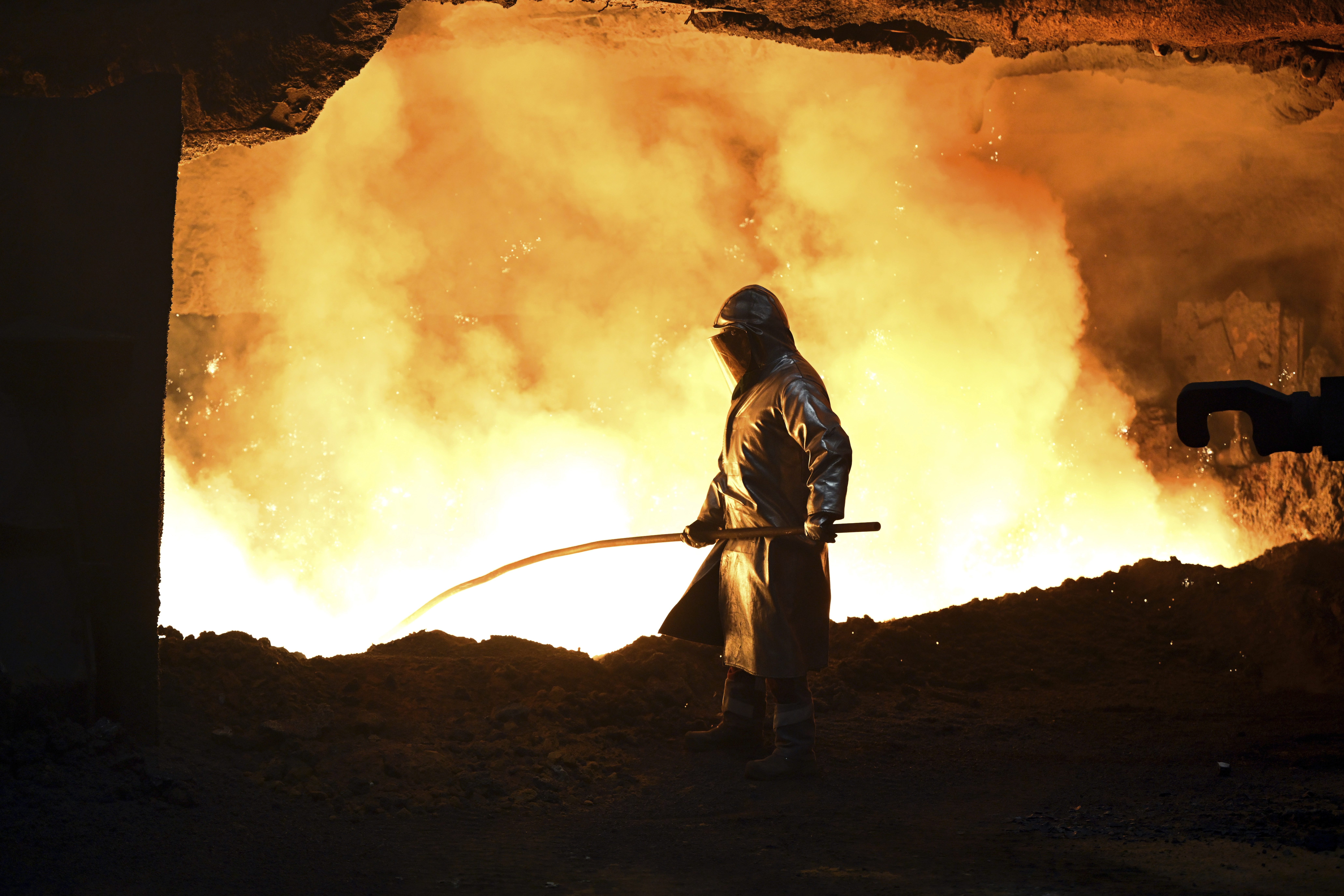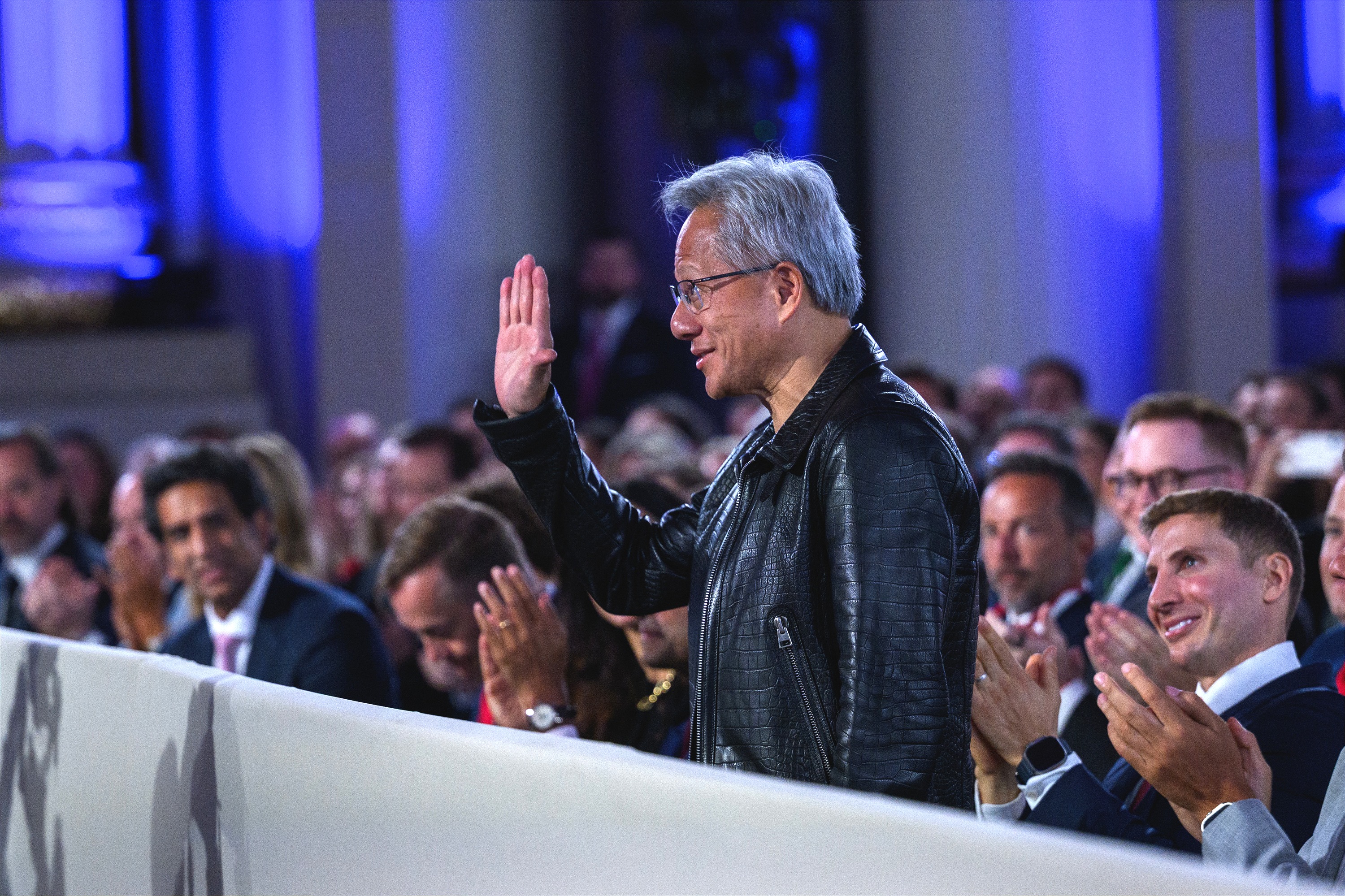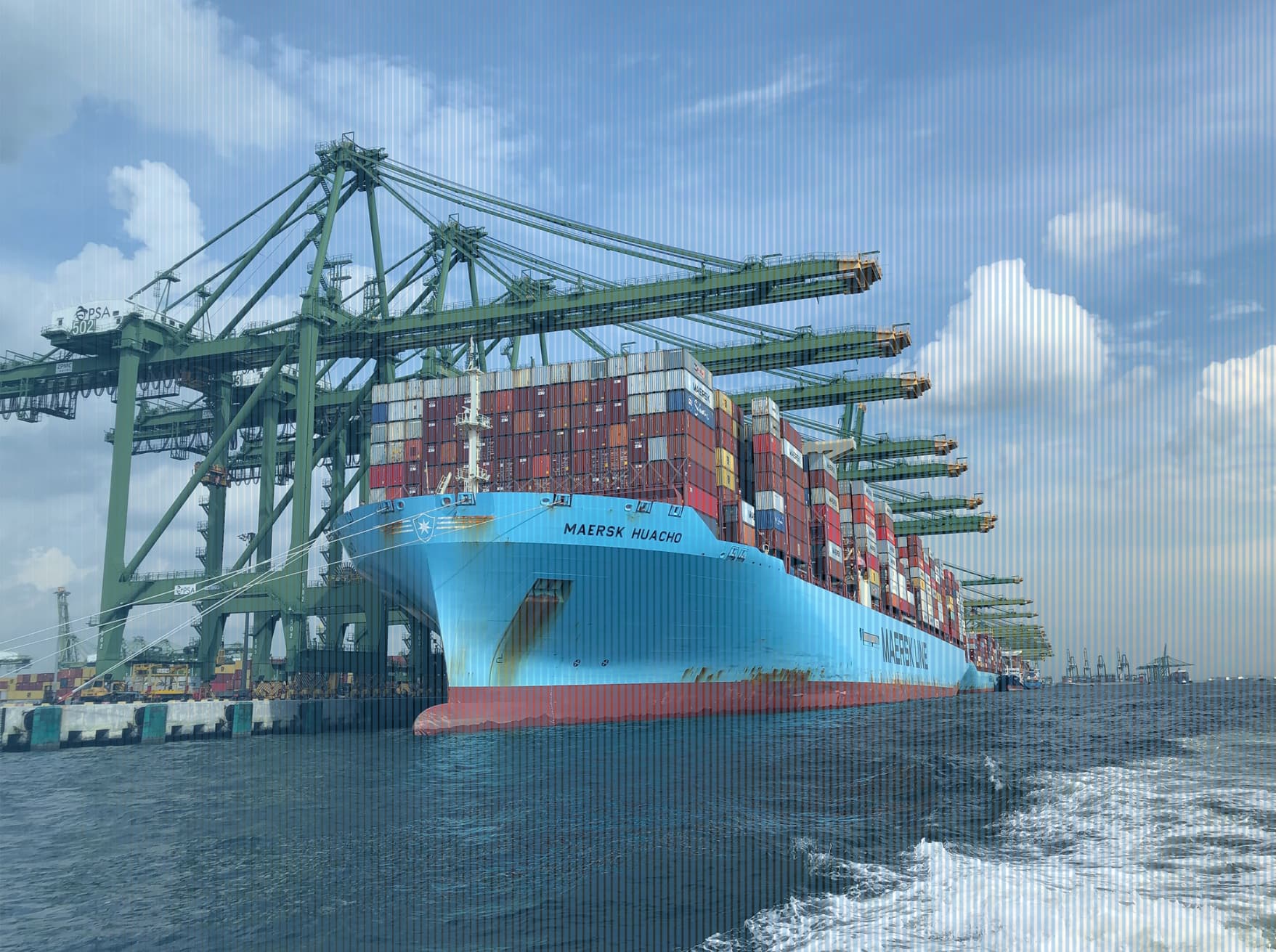Since February, President Trump has instigated a dizzying array of tariff hikes, threats, reversals, export controls, deadlines, concessions, retaliations, vague deals, and promises of deals to come. The result is a rupture in the international trading order that, despite its many flaws, fostered prosperity and security for more than eighty years.
This rupture has several aspects:
Higher tariffs.
A rejection of the most-favored-nation (MFN) principle, which calls for each country to apply the same tariff rates to all its trading partners.
Much greater uncertainty about future tariffs.
A brazen assertion of sweeping presidential powers in setting tariffs.
Disregard for prior US commitments in trade agreements with other nations.
A highly personalized, transactional approach to trade policy characterized by overt displays of obeisance to the president as part of the price for tariff relief and trade deals.
Let’s take these aspects one at a time. Consider, first, the sharp lurch toward protectionism in 2025. The second Trump administration has raised the effective US tariff rate by about 18 percentage points as of August 19. (The calculation behind this figure applies August tariff rates to 2024 trade flows.) The average tariff rate on US imports now stands at its highest level since World War II.
US tariffs reduce living standards for Americans. A tariff is simply a tax on imported products. The burden of that tax falls partly on American consumers in the form of higher prices on imported products. Another part of the burden takes the form of higher prices on domestic products that compete with imports. Tariffs on French and Italian wine benefit California vintners but lead to higher prices for American wine drinkers. Likewise, tariffs on Canadian lumber benefit US lumber producers but raise the cost of building homes for American families.
Tariffs on inputs like lumber, steel, and aluminum are especially pernicious because they undercut the ability of American firms and workers to compete with foreign producers at home and abroad. By driving up production costs, tariffs on inputs lead to higher prices for American households. According to my survey research with the Atlanta Fed, 45 percent of US business executives say recent tariff hikes raised input costs at their firms. US steel buyers, for example, now pay double the world average price. Trump’s tariffs on steel and aluminum will lead to higher consumer prices on everything from cars to cutlery, garden tools to washing machines, and soda cans to televisions.
When other countries retaliate, it further hurts US exporters. In recent years, American soybean farmers typically sold more than half their crop to China. Not this year. Beijing responded to Trump’s tariffs on Chinese imports by “halting all purchases of American soybeans,” harming American farmers and “creating disruptions across the soybean supply chain, which includes grain elevators, crushers and trains that transport them across the country.” Another report notes that “China has also curtailed purchases of US corn, wheat, and sorghum.”
Uniform, stable tariffs
In his “Liberation Day” speech on April 2, President Trump announced a host of new tariffs to be levied on top of other tariffs. These so-called reciprocal tariffs ranged from a 10 percent baseline rate for some countries to 34 percent for China and 49 percent for Cambodia. The formula put forth to justify these tariffs reflects jumbled thinking about bilateral trade deficits in goods (not goods and services, by the way). Trump’s other rationales for tariffs include national security concerns, illegal immigration, illicit drug flows, and foreign judicial actions.
What has emerged is a complex, ever-changing patchwork of tariff rates that vary greatly across countries. Indeed, the Trump administration’s whole approach to trade policy throws the MFN principle out the window.

Why is the MFN principle beneficial in the context of international trade? For one thing, uniform and stable tariffs simplify business planning. Rather than worry about how current and future tariff rates will differ across, say, steel imports from Brazil, Canada, China, Mexico, Japan and other countries, an American manufacturing firm can focus on getting the most suitable steel inputs at the least cost.
Another reason: when US tariffs differ across countries, American purchasers may no longer buy from the most efficient foreign supplier. Instead, higher tariffs on more efficient suppliers push American buyers to less-efficient suppliers who happen to have lower tariffs. The same holds when other countries violate the MFN principle.
Abandoning MFN tariff structures lowers production efficiency and living standards in the United States and around the world.
This logic extends beyond the MFN principle to tariffs in general. Even a uniform tariff rate on US imports encourages households and businesses to “buy American” rather than from the most efficient supplier of a given product. While tariff-induced incentives to buy American can benefit firms and workers in protected industries, they still lower production efficiency and living standards. The harm is greater when other countries retaliate.
Trade barriers also undermine living standards in subtler ways. Consider the smartphone in your pocket. It has capabilities that would astonish earlier generations. Let’s think for a moment about two economic forces behind these capabilities: international specialization in production, and scale economies in developing new technologies and products.
Apple’s iPhone contains thousands of parts sourced from dozens of countries that include China, Japan, South Korea, Switzerland, Taiwan, and the United States. iPhone assembly takes place mainly in China, but India accounts for a sizable share. Apple phones are designed in the United States, while iPhone apps are developed by software engineers around the world. Tariffs inhibit this type of international specialization, raising production costs.
According to one analyst, US-made iPhones would cost more than three times as much as current models. And that’s after years of investment in costly US fabrication plants. At such high prices, fewer iPhones would be made and sold. The same holds for other smartphones.
That brings us to scale economies. Smartphone technologies and features can be very costly to develop but relatively cheap to reproduce once in hand. Global markets provide the scale to cover up-front costs and the commercial incentives to drive smartphone innovation. Trade barriers diminish those incentives by shrinking smartphone markets and by fracturing global markets into national or regional markets.
That smartphone in your pocket would be less powerful— and have features that were fewer and of lower quality—if past US policymakers had adopted tariffs like the ones the Trump administration now promulgates.
The 2025 tariff hikes, and the threat of more to come, won’t suddenly destroy the smartphone technologies that emerged during the low-tariff regime of recent decades. We can still enjoy those technologies, but tariffs will contribute to higher prices for their physical embodiment in a smartphone. More important when looking ahead, the 2025 tariff hikes will slow the development of new smartphone technologies and features.
Similar reasoning holds for other products and technologies that involve gains from international specialization and high development costs. That includes automobiles, computers, aircraft, heavy machinery, and many other products in the modern economy. Higher tariffs will lead to higher costs and weaker innovation incentives for these products as well. For this reason, among others, higher tariffs are a force for slower growth in living standards in the years ahead.
Instability and uncertainty
While consequential in a bad way, high tariff rates are not the most salient aspect of Trumpian trade policy to date. That would be the extraordinary instability and unpredictability of tariffs during the second Trump administration.
Along with Scott Baker and Nick Bloom, I have been measuring economic policy uncertainty in the United States and other countries for more than a decade. We publish our text-based measures at Economic Policy Uncertainty. They are also disseminated via FRED, Haver Analytics, Bloomberg News, and other organizations to meet demands by investors, central banks, policy analysts, journalists, and others. Our measures reach back as far as 1900, offering a basis for historical comparisons.
What do we learn from these measures? Uncertainties around US trade policy in 2025 are many times higher than any period before. Uncertainty around tariff rates makes consumers anxious and fearful, leading to cutbacks in their discretionary spending. It also causes companies to cut or defer investment spending, as they wait for clarity about tariffs. As a business executive, you can’t make sound decisions about what to produce, how to source inputs or where to invest when tariffs are subject to drastic changes at the president’s whim. So, you wait.
The uncertainty-induced drag on consumer spending and business investment translates into less demand for labor and fewer job opportunities for American workers.
Nearly a third of US business executives report employing or planning to employ fewer workers in 2025 because of policy uncertainty. They also report that tariffs are currently the largest source of uncertainty affecting their employment decisions.
US tariff hikes and trade policy uncertainty also dampen economic activity in other countries. Trade policy uncertainty indexes for China, Japan, and South Korea, for example, also show historically high levels in 2025. The timing makes clear that high trade policy uncertainty in other countries reflects the recent rupture in US trade policy. The growth-dampening effects of elevated uncertainty in other countries spills back onto the US economy in the form of lower demand for American exports.
Let’s turn to another negative fallout from the Trumpian approach to trade policy: now, and for the foreseeable future, business leaders must make it a priority to grapple with the huge uncertainties around US trade policy and to lobby the Trump administration for tariff breaks. That diverts their time and energy from serving customers, developing products, training workers, and improving operations.

Are we better off when Apple’s CEO Tim Cook, Nvidia’s Jensen Huang, and Microsoft’s Satya Nadella focus on grappling with trade policy uncertainty and lobbying the president and his staff instead of working to improve iPhones, computer chips, and software? The question answers itself.
The now-inescapable need to grapple with uncertainty about tariffs—amplified by the chaotic, back-and-forth character of Trumpian trade policy—extends to business leaders throughout the US economy and much of the world. More time, attention, and skilled staff devoted to tariff uncertainty and its consequences mean less for everything else.
Unlike previous episodes of highly elevated policy uncertainty, the one generated by the second Trump administration is almost entirely the consequence of ill-advised, haphazard policy decisions. No financial crisis, pandemic, or war drove us to the high policy uncertainty of 2025. We, the United States, did it to ourselves and to our allies and trading partners. That erodes trust and confidence, at home and abroad, in the American capacity to deliver sound policy.
Is it an emergency?
The 2025 trade policy rupture is deeply concerning for reasons beyond economics. Article I, Section 8 of the US Constitution gives Congress the power to set tariffs and other taxes. Congress has delegated limited tariff-setting powers to the president under prescribed circumstances. Section 232 of the 1962 Trade Expansion Act grants the president the power to impose tariffs on certain imports if the secretary of commerce determines, after an investigation, that those imports “threaten to impair” US national security. President Trump relies on Section 232 powers to levy tariffs on Canadian steel and aluminum imports, for example. While the national security rationale may be laughable, at least these Section 232 tariffs rest on well-established statutory authority.
Many other tariffs imposed by the Trump administration appeal to vague language in the International Emergency Economic Powers Act of 1977 (IEEPA). That includes the “reciprocal tariffs” featured in the president’s Liberation Day speech and in several executive orders. Judging from his conduct and rhetoric, Trump believes that IEEPA grants unilateral presidential powers to set whatever tariffs he wishes, whenever he wants, with short notice or no notice, without regard to US treaty obligations, and without regard to Congress.
However, as my Hoover colleague Michael McConnell remarks, “The statute makes no mention of tariffs or other taxes, and before Mr. Trump, no president ever interpreted it to include such a power.”
Not surprisingly, this immodest assertion of presidential powers has been challenged in the courts. Thus far, two federal courts have ruled that the president lacks authority to impose tariffs under IEEPA. (Note: I am a signatory on an amicus brief filed by economists in support of plaintiffs who challenge the IEEPA tariffs.) The Court of Appeals for the Federal Circuit recently affirmed these rulings but paused their enforcement to give the Trump administration time to appeal to the US Supreme Court. Thus, the IEEPA tariffs remain in place for now.
The Supreme Court will hear arguments in this matter on November 5. If the Trump administration prevails, it will erode constitutional restraints on presidential powers and mark another giant step down the path to government by executive order. And if President Trump can set tariffs as he wishes under IEEPA, the next American president will have the authority to chart a radically different course for tariffs. We may be headed to a world in which each new US president resets tariffs on day one of his or her administration—and on days two, three, four, and so on.
The resolution of the IEEPA tariff case matters hugely for the future of US international relations.
When the president raises tariffs without regard to US treaty commitments or previously understood restraints on presidential power, it shocks and alienates US allies and trading partners.
It undermines trust and confidence in the reliability of the United States.
Douglas Irwin puts the matter pointedly: Trump’s tariffs “undermine every free-trade agreement America has ever signed. . . . If Mr. Trump is willing to rip up his own agreement—known as the USMCA—with [Canada and Mexico] then all past agreements are null and void, and future ones are of limited value. No one can sign any such deal with confidence if tariffs can be imposed on a whim.”
The president’s approach to trade policy also violates the spirit, if not the letter, of the Constitution in other ways. In August, the president extracted agreements from Nvidia and AMD to pay 15 percent of their revenue on chip sales in China to the US government in exchange for export licenses. This is an export tax in all but name. The Constitution expressly grants the power to tax to Congress, not the president, and prohibits Congress from taxing exports.
Flattery and favors
It will take many years, much work, and internal US reforms to restore the trust and confidence destroyed by the Trumpian approach to trade policy. A Supreme Court judgment for the plaintiffs in the IEEPA matter would be a good place to start. Otherwise, it’s hard to see how the United States can regain lost trust and play a leading role in rebuilding a new trading system on the ash heap of the old one.
Finally, consider the spectacle offered by the parade of leading business executives who visit the White House to flatter the president, offer gifts, promise corporate support for the president’s initiatives, and plead their respective cases for tariff relief and other special deals. The basic practice is not new, but its intensity and celebration in the second Trump administration is both discomfiting and worrisome.
If we incentivize business leaders to succeed via ring kissing, the ranks of senior business leaders will, over time, be replenished by world-class ring kissers rather than men and women who succeed by commercializing cutting-edge technologies, developing cool new products, improving operations, and serving customers.
Which world do you prefer?
Steven J. Davis is Thomas W. and Susan B. Ford Senior Fellow and director of research at the Hoover Institution. Davis is an award-winning economist who studies working arrangements, business dynamics, economic fluctuations, and policy uncertainty. These and other economic policy issues are regularly covered on the Hoover Institution podcast he hosts, Economics Applied.
